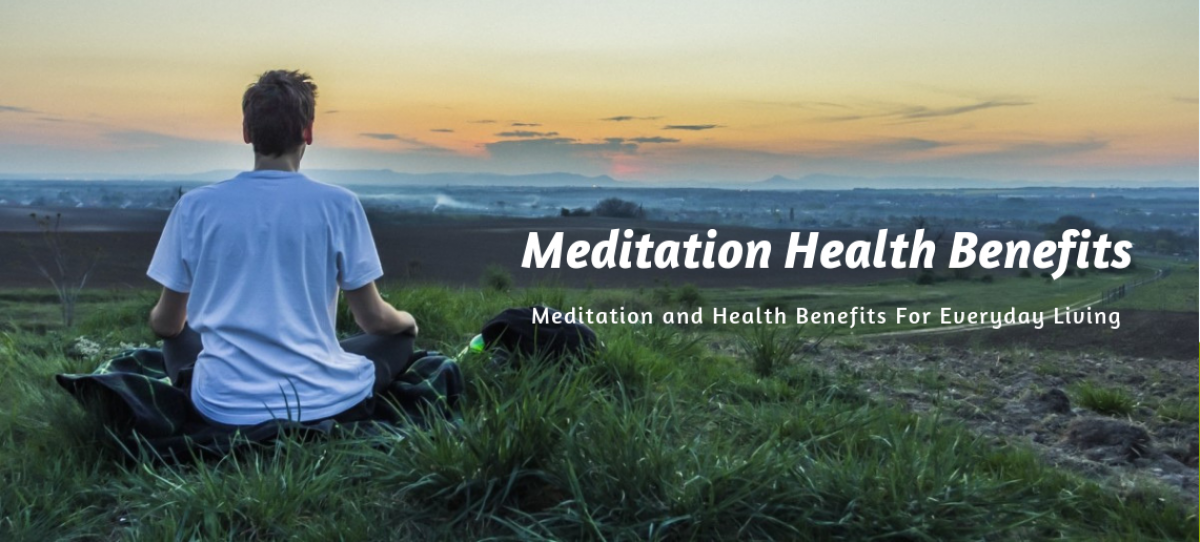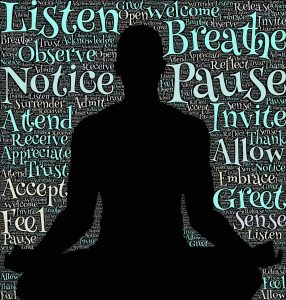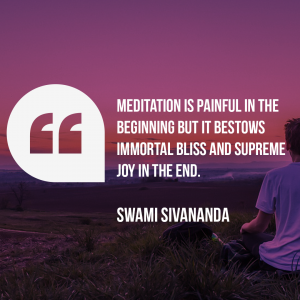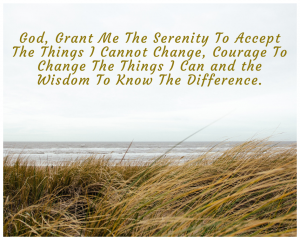Learning to meditate in today’s fast-paced world will provide you with a true sense of calm and inner peace. Meditation is a way to get in touch with your subconscious giving you a heightened awareness of individuality and your place in the universe.
If you are simply trying to get answers to the ancient question of “Who am I and why am I here” or instead, learn easy relaxation exercises, meditation is a great way to go.
Choosing from the numerous methods of meditating is solely up to the individual. Pick from among the different schools of thought to find the technique that best fits your needs and lifestyle. While there are many options available among the various disciplines they all have similar principles eclipsing cultural boundaries.
 Eastern doctrine proposes meditation as a way of exploring the eternal. This involves opening up your mind to the point where you have found your place in the cosmos. The idea is that emotions such as love, grief, and extreme happiness can lessen over time but the universe is constant. Students who embrace this philosophy may, in the end, find themselves closely attuned with the very purpose of life.
Eastern doctrine proposes meditation as a way of exploring the eternal. This involves opening up your mind to the point where you have found your place in the cosmos. The idea is that emotions such as love, grief, and extreme happiness can lessen over time but the universe is constant. Students who embrace this philosophy may, in the end, find themselves closely attuned with the very purpose of life.
On the other hand, if your reason for meditating is not spiritual you are likely seeking a healthier and more fulfilling lifestyle. This has become the Western tradition of meditation. People are seeking ways to reverse the effects of 21st-century living. You know what I mean. Illnesses such as high blood pressure and heart disease are diagnosed and are made worse by stress and anxiety. Western medicine has gradually accepted meditation as a calming influence that can address the basic sources of several stress-related conditions and clear the conscious mind.
There are no hard and fast rules for meditating. First, locate the best place for you to meditate.  It doesn’t matter the spot as long as it’s a quiet place you feel comfortable in where you can lie down on a bed or the floor, sit or stand. The process is simple. Many online programs and tutorials walk beginners through the basics, help with correct posture and advise you on the best way to set up your meditation space to maximize your transformational experience. It’s time to get started today.
It doesn’t matter the spot as long as it’s a quiet place you feel comfortable in where you can lie down on a bed or the floor, sit or stand. The process is simple. Many online programs and tutorials walk beginners through the basics, help with correct posture and advise you on the best way to set up your meditation space to maximize your transformational experience. It’s time to get started today.



 Meditation is synonymous with relaxation and, when you are relaxed, a certain calm comes over you and you can’t help but leave your stressed out world behind. While you explore the art of meditation you will soon realize that breathing exercises are at its core. As you practice your deep breathing you will feel less stress. One of the most important reasons we become involved with meditation is, put simply, to decrease the amount of stress we carry with us every single day.
Meditation is synonymous with relaxation and, when you are relaxed, a certain calm comes over you and you can’t help but leave your stressed out world behind. While you explore the art of meditation you will soon realize that breathing exercises are at its core. As you practice your deep breathing you will feel less stress. One of the most important reasons we become involved with meditation is, put simply, to decrease the amount of stress we carry with us every single day. Individuals enrolled in anger management classes have experienced the power of meditation while working through their issues.
Individuals enrolled in anger management classes have experienced the power of meditation while working through their issues.